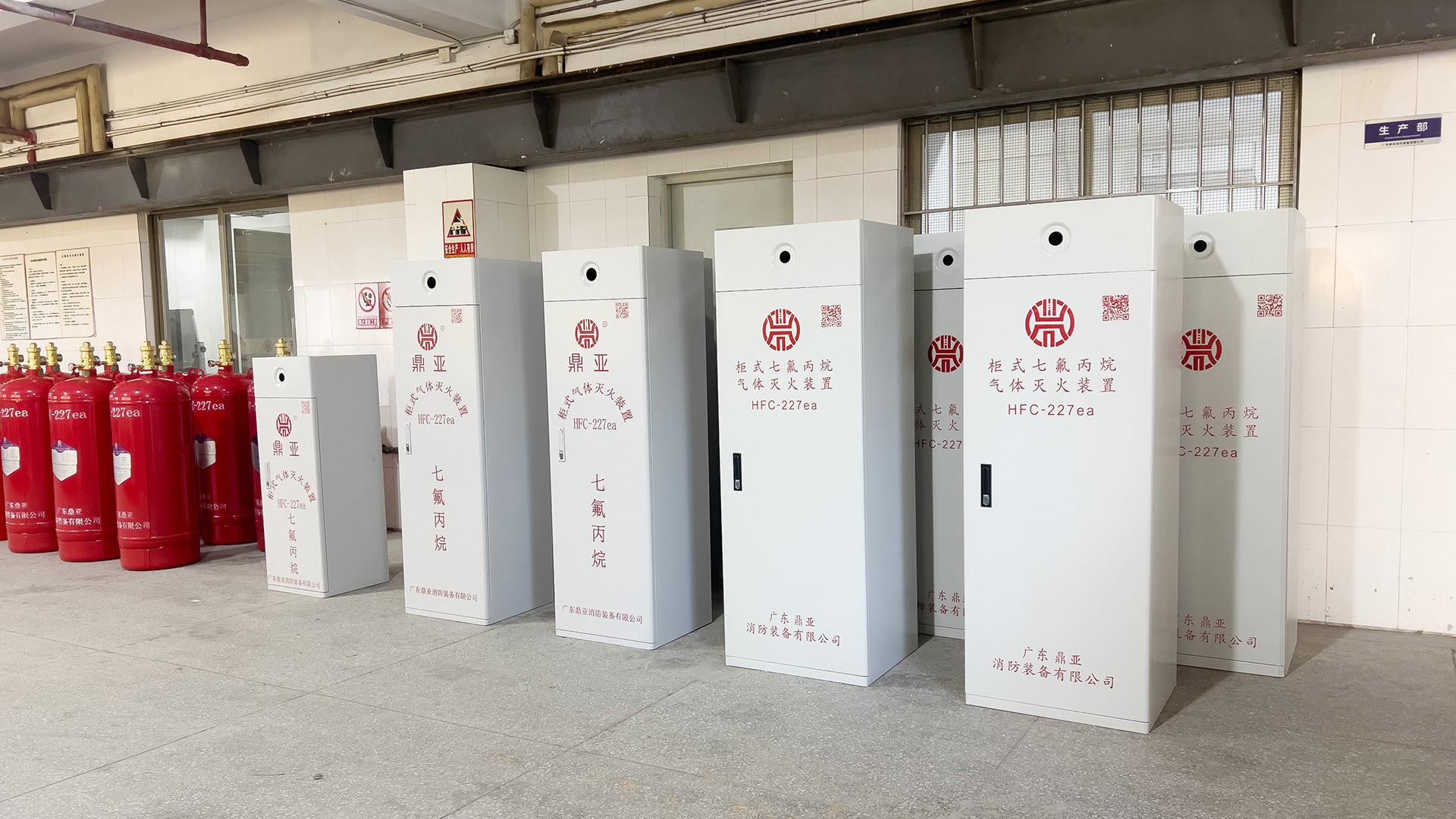Heptafluoropropane (chemical formula HFC-227ea) is a colorless, odorless, non-conductive, non corrosive gas with zero potential for depletion of the atmospheric ozone layer and no secondary pollution. The main mechanism of fire extinguishing is to interrupt the combustion chain, with extremely fast extinguishing speed, which can effectively protect precision electronic equipment and valuable items. Often used for fire protection in key areas such as electronic computer rooms, libraries, archives, valuable item warehouses, power stations (transformer rooms), telecommunications centers, and clean rooms.
At present, the domestic heptafluoropropane market is divided into three rings, with the source being hexafluoropropane chemical enterprises, the midstream being enterprises that produce heptafluoropropane fire extinguishing agents, and finally professional enterprises that produce heptafluoropropane fire extinguishing devices. The three rings are closely connected, and any slight flapping of the wings on one ring will trigger a butterfly effect, driving the adjustment of the entire market price.
Which link exactly went wrong? Will the price of heptafluoropropane rise? How much will it increase? How long does it last? With these questions in mind, the editor has conducted a brief summary and analysis of the current situation of heptafluoropropane.

On September 1, 2014, the newly revised "Implementation Rules for Compulsory Certification of Fire Products" came into effect. From the content of the new version of the type inspection report, it provides more detailed and comprehensive descriptions of product information, including product nameplate content, product characteristic description, and product key component description.
There are many enterprises that have completed certification for heptafluoropropane fire extinguishing agent and production of fire extinguishing devices in the past two years. Five enterprises for heptafluoropropane fire extinguishing agent, 21 enterprises for heptafluoropropane fire extinguishing equipment, 21 enterprises for cabinet heptafluoropropane gas fire extinguishing devices, and 8 enterprises for hanging heptafluoropropane gas fire extinguishing devices have passed 3C certification. This is not only responsible to consumers, but also to the "conscience" of enterprises. Every link in the heptafluoropropane market must be responsible for its own products and the market.
From the 3C certified heptafluoropropane enterprises, it can be seen that there is a clear supply-demand imbalance in the domestic industry market. The 5 midstream enterprises that produce heptafluoropropane fire extinguishing agent have to supply to 50 downstream fire extinguishing equipment enterprises.
Market situation: out of stock or price adjusted
The author conducted telephone interviews with 2 hexafluoropropane chemical companies, 3 heptafluoropropane fire extinguishing agent companies, and 4 fire extinguishing device production companies regarding the price adjustment of heptafluoropropane. The person in charge of hexafluoropropylene stated that they have not received any notification of price adjustments. In addition, the person in charge of the enterprise that produces heptafluoropropane fire extinguishing agent and fire extinguishing device stated that upstream enterprises are out of stock, so the company's heptafluoropropane agent is out of stock or the price has been adjusted.